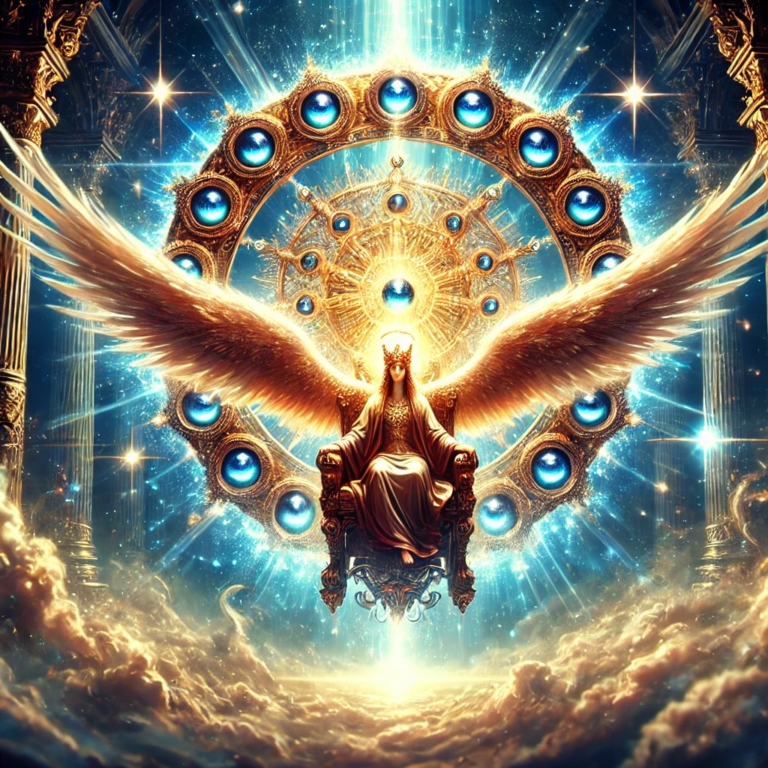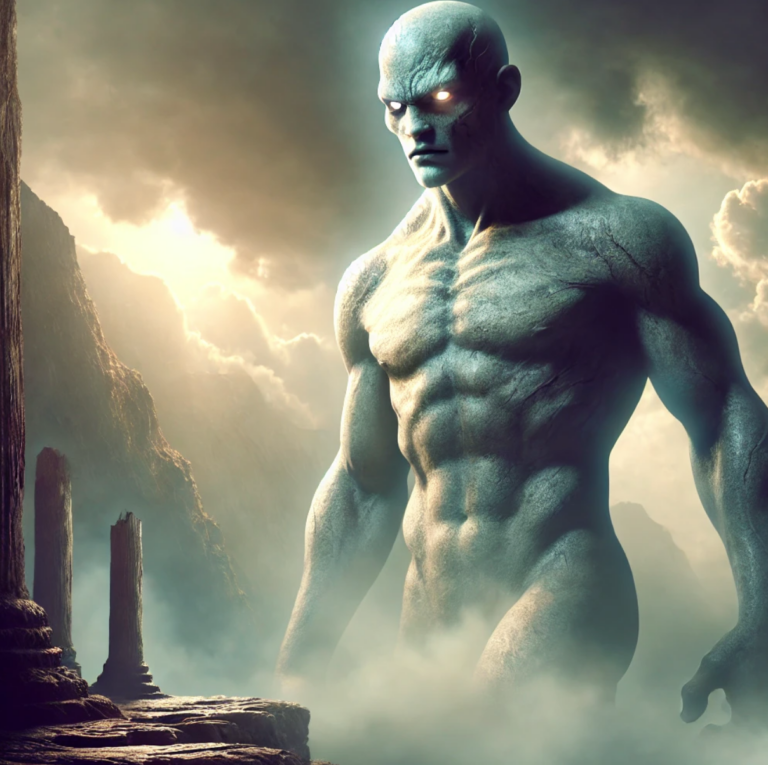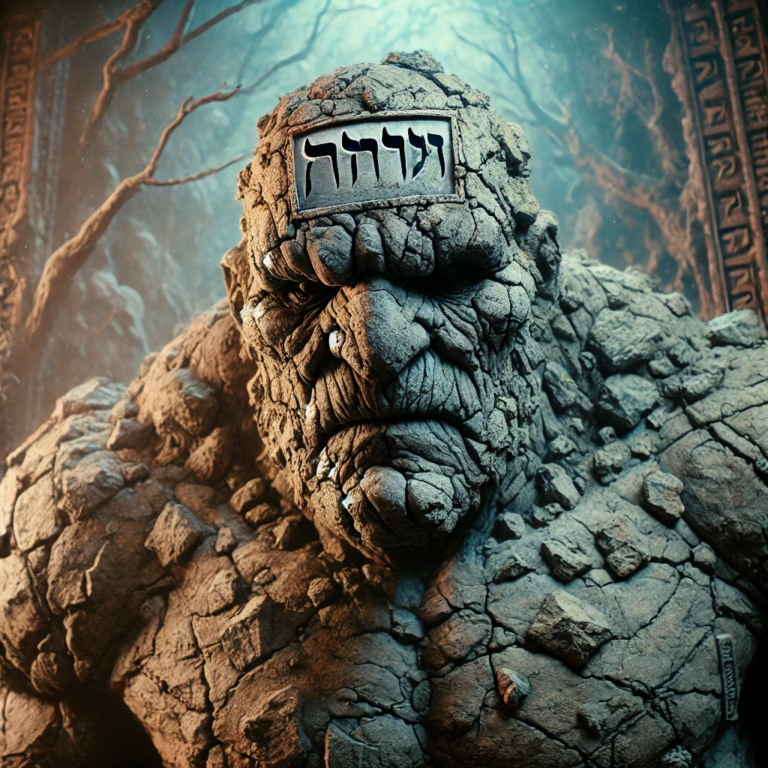
Throne
The Thrones are a class of angelic beings found within Christian angelology, particularly in medieval and early Christian mystical traditions. Thrones are part of the angelic hierarchy, which is based on biblical references and further developed by theologians such as Pseudo-Dionysius the Areopagite in the 6th century. They are considered one of the nine orders or choirs of angels, often depicted as mysterious and powerful beings that serve a unique function within the celestial realm.


